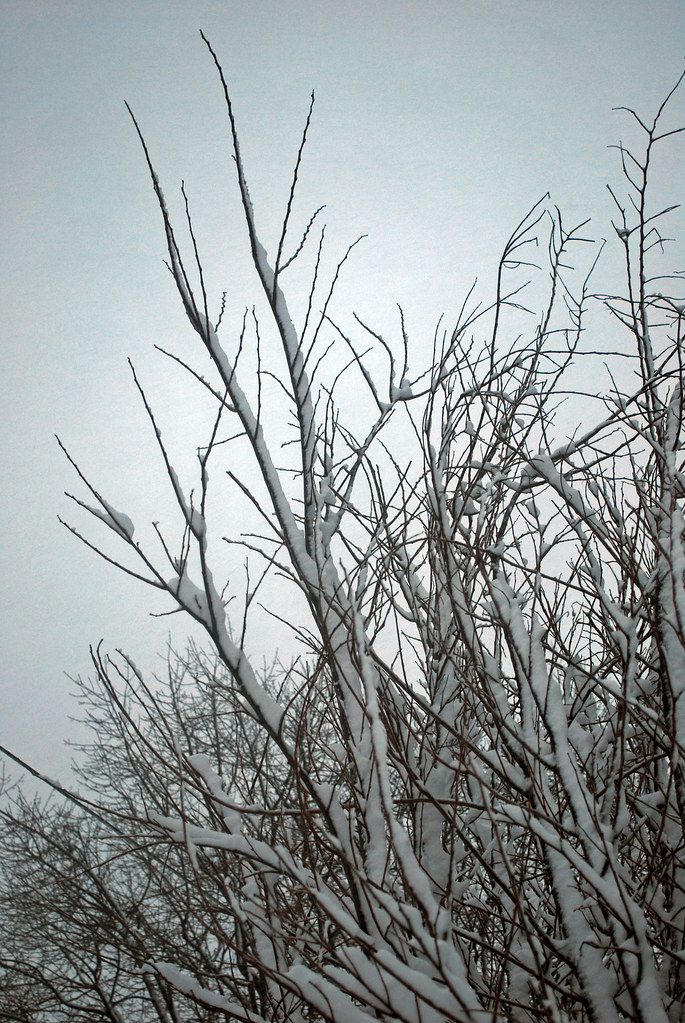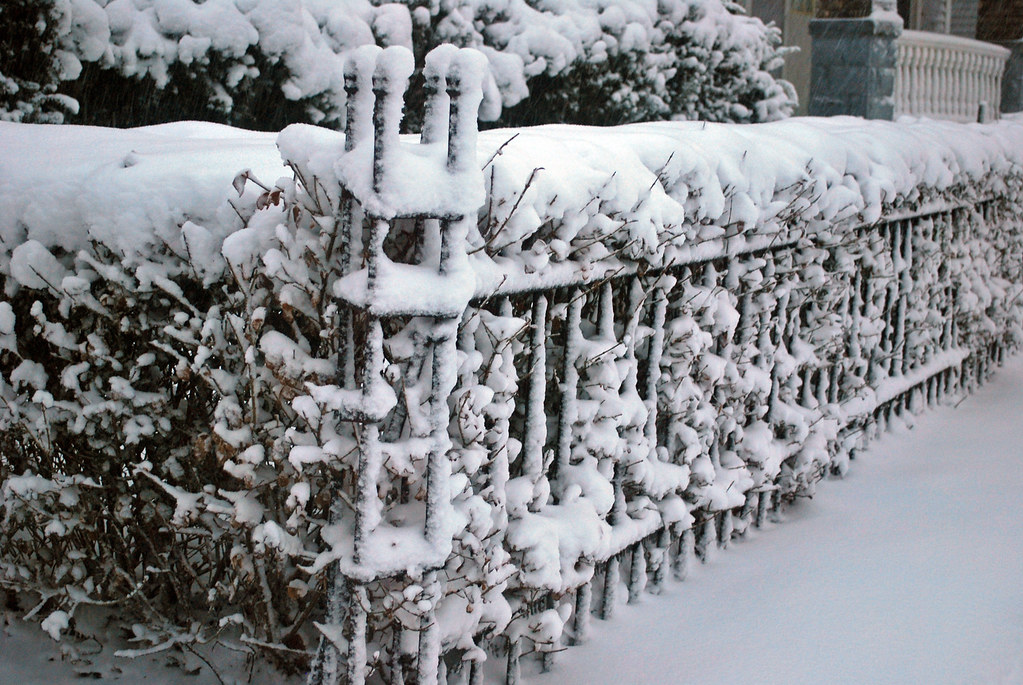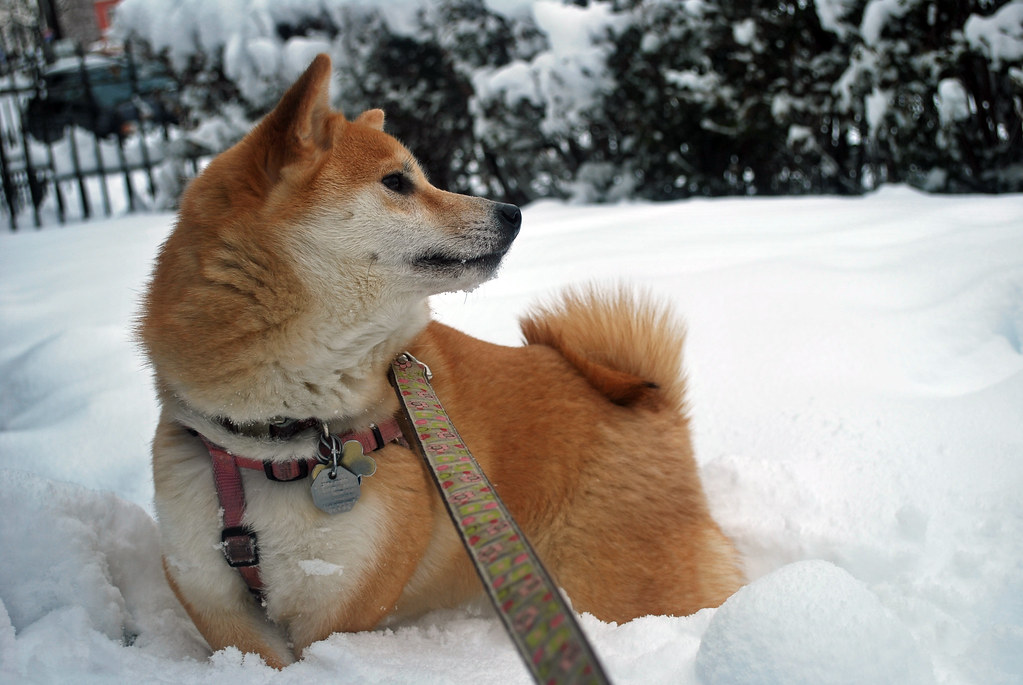Spring Forward
Peering out the window Friday morning, we were greeted with a fairly common early spring view -- 4 to 8 inches of warm, wet snow.
Foggy serenity shifted to vexation as I brooded over my trek to work, sloshing alongside silhouettes, behind their snow-laden 2+ ton death machines, inattentively chatting or texting on the phone.
On the way to the bathroom, I groggily turned on the television, barely registering the bobbing vans and tide, then shuffled away.
Awake, with cereal in hand, I returned to the television to catch several minutes of the news before heading out, to discover that northern Honshu experienced an earthquake that measured 8.9. I stared at the screen, mouth agape. I can't even imagine what a 475 kiloton (7.0 earthquake) blast would be like, let alone how 336 megatons (8.9) would feel like.
Footage of the CNN Tokyo office during the quake and the same two segments of the tsunami that I saw earlier - blue vans bobbing like toys in a bathtub and the black water rolling across a field - were on repeat.
The latter footage was difficult to grasp as there was very little to put it into perspective. It was only when the reporter mentioned that the rushing water was 10+ feet high, that I was better able to understand what was being shown.
My first thought was to call my father to see if everyone was fine, but I didn't want to jam the phone lines with a non-emergency call. It was also midnight in Hawaii. I convinced myself everything was okay.
The drive to work felt as if we were floating on a cloud. I wondered if many felt similarly -- our weather event paled in comparison to what was unfolding in Sendai.
I was overjoyed to hear my father's voice. He reported that he and the family were doing fine in Hawaii and Japan.
It was eleven hours after first hearing about the earthquake when I was able to catch up on the images of catastrophe and survival. I was stunned to see homes tumbling effortlessly across fields in water cresting 35' high, like tiny seashells caught in the wash along the beach.
Learning from past disasters like the Great Kanto earthquake in 1923, where fires engulfed neighborhoods as people cooked when the earthquake hit, Japan recently implemented an extensive earthquake early warning system. Aside from television and radio broadcasts, a warning is sent to every cell phone, gas lines are turned off, and trains are stopped. Each year, disaster drills are held nationwide on Disaster Prevention Day. I wondered if an early warning system to encompass any disaster could be effectively implemented in the US.
As with the millions of others out there in the world who are wishing the best to all who are missing, we hope that the recovery process comes quickly for everyone affected and some information has been gleaned that will help with future disasters.
In light of these events, I have come to better appreciate how fortunate we are to live in a town with a low probability for natural disasters, and how therapeutic walking a dog can be.
- Cassaendra








2 deep thoughts:
Nice post. Beautiful photos too. My heart also aches for those in Japan.
*HUG* Thank you.
Just when you think it couldn't get worse. I am hoping for the best of the situation.
Post a Comment